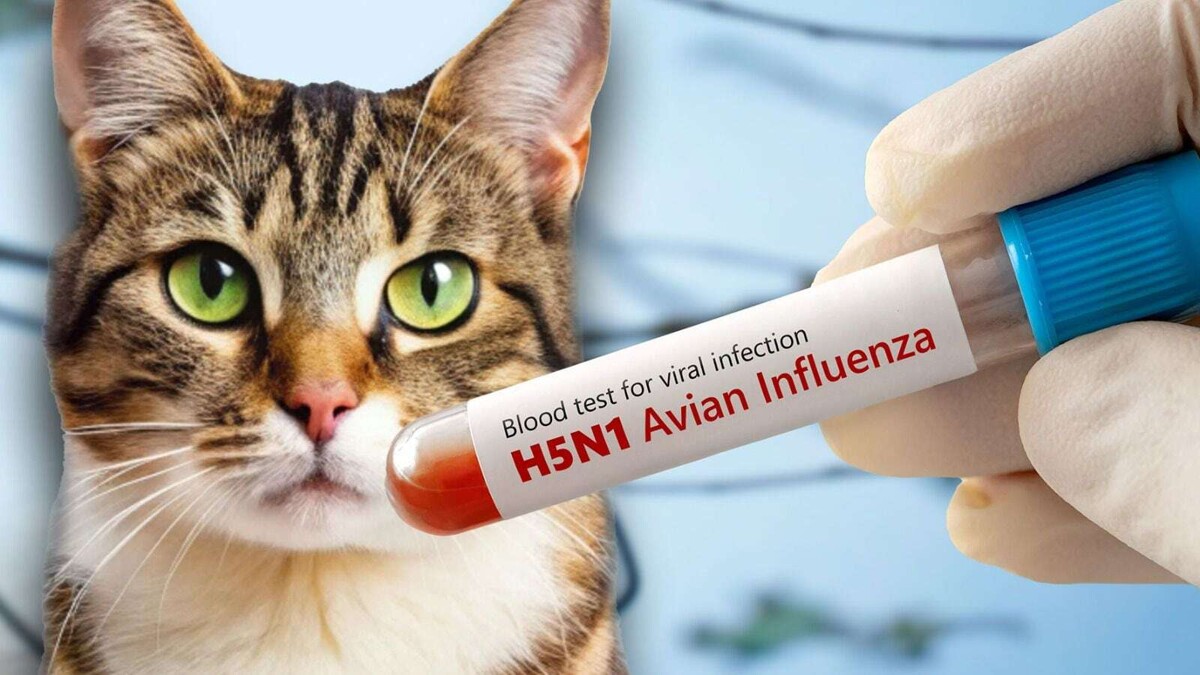
A recent report from the Centers for Disease Control and Prevention in the United States reveals that two domestic cats died after contracting avian influenza in Michigan. The owners of the cats, who worked on farms with cases of avian flu, also showed symptoms of the disease last May. Although they refused to be tested, the owners developed symptoms before the cats fell ill.
It was reported that one of the cats was rolling in the worker's dirty laundry, suggesting that the virus may have spread from the clothing to the feline. The risk to human health is considered low according to the CDC, but dairy workers are advised to wear protective equipment when working with exposed animals. Although avian influenza in humans is usually rare, sporadic cases of infections have been reported.
Symptoms in cats after infection included respiratory and neurological problems, with cases of death in outdoor cats after drinking raw milk or being exposed to infected animals, such as livestock and poultry. This finding raises concerns about the potential transmission of the virus between species and its increase in the community.
Signs and symptoms of avian influenza virus infections in humans can range from mild cases with flu-like symptoms such as fever, cough, and sore throat, to more severe cases requiring hospitalization, such as pneumonia. The report emphasizes the importance of being alert to these symptoms and taking safety precautions.
The study, published in the CDC's Weekly Morbidity and Mortality Report, highlights the relevance of early detection and appropriate response to potential avian flu outbreaks. Although the report was removed from the CDC website, concerns about the spread of the virus and the need to share accurate data regarding public health situations remain paramount. Efforts to contain and control avian influenza must involve all stakeholders, from farm workers to veterinary staff, to prevent future outbreaks.











